Last week I attended the Urban Soil Summit 2.0, a deeper look into soil and how to bring it back to life. This year’s theme was Terroir, a sense of place. Terroir encompasses the environmental conditions (soil, terrain, water, climate) that effect the flavor of whatever is grown there. For the Urban Soil Summit 2.0 humans are very much included in terroir.
Two days of mind-blowing, bigger-than-us discussion is difficult to summarize. For those not familiar with the Urban Soil Summit, read this review (part 1 and part 2) of the 2015 Soil Summit for a baseline. Terroir calls for a connection with the land, a spiritual as well as function connection. Here are a few examples of these connections in action:
Urban Tilth

Urban Tilth is located in Richmond, CA, the neighborhood situated between 3 train lines, the fume-spewing port, and the local landfill. There are 2 grocery stores for nearly half a million people so most buy “food” from liquor stores. It’s a classic food desert. Urban Tilth has created 7 school and community gardens to bring the neighborhood together and created a CSA to provide fresh produce to locals from those gardens.
The site shown above is still in progress. It took 8 months to clear away the trash alone, and soil remediation (and massive blackberry overgrowth removal) is in process to make it safe for growing food. But the real story here is how the community showed up to help. More than 300 volunteers arrived for their first day of work (cue tears here), and they continue to show up, transforming an abandoned lot into a thriving community gathering space that infuses the neighborhood with pride. It goes to show how people need a connection to their land. Read more about Urban Tilth here.
Fibershed
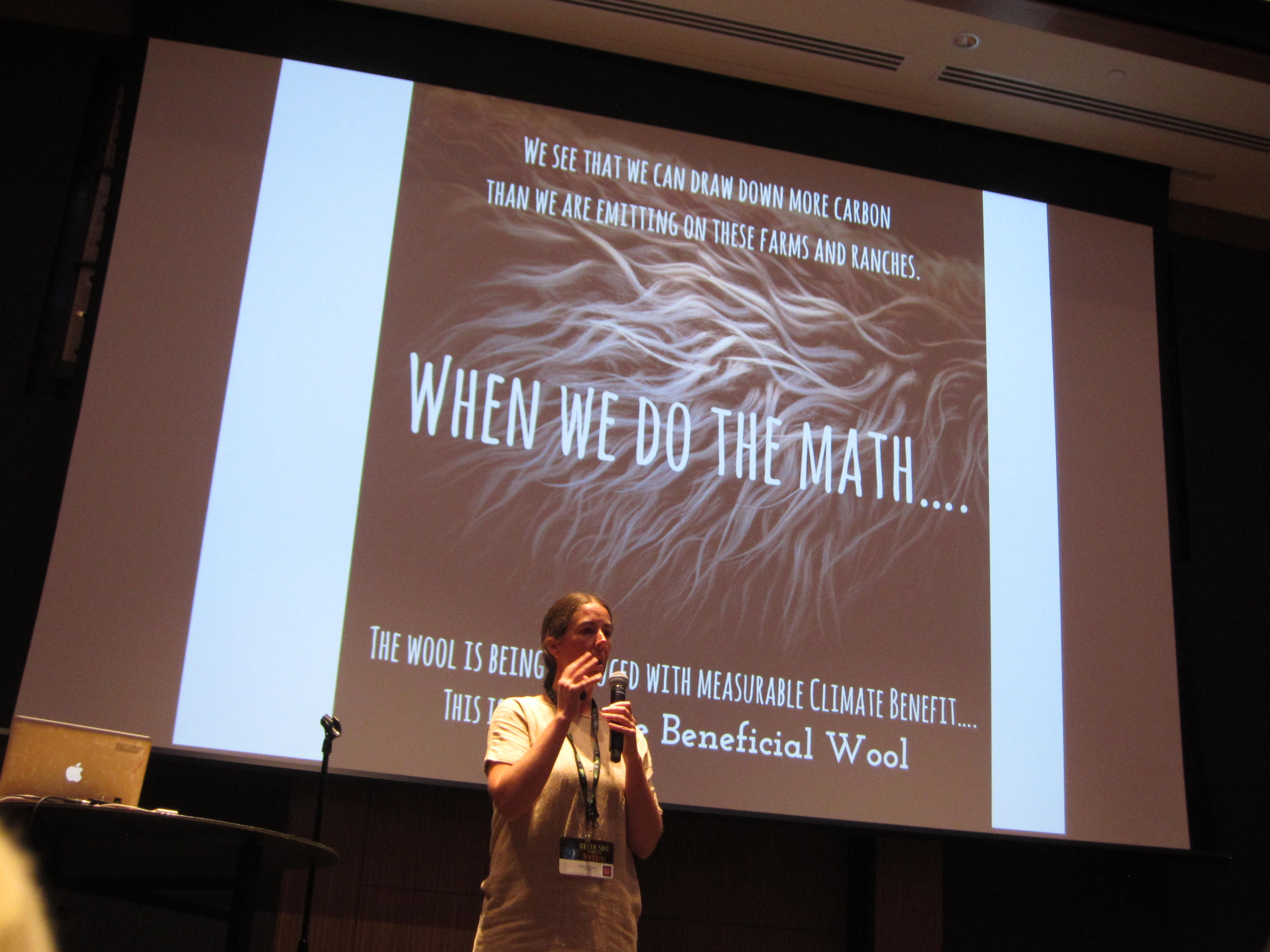
As homesteaders and urban farmers, we think a lot about local food, healthy gardens, and sustainability. But do we think of our clothing that way? Most of us don’t. When Rebecca Burgess of Fibershed asked the room, “How many of you have a garden?” most of us raised our hands. When she asked, “How many of you have a spinning wheel?” the room was still. She makes a good point. It’s the thing we aren’t thinking about: local clothing. We buy clothes made from plastics, covered in chemicals and we don’t think much about it. It’s not our fault, industry has made it so convenient. But we play a part. Our clothes are made by a labor force tantamount to slavery and we actively search for bargains (I have a drawer full of $2 tank tops, so I’m guilty as charged). But let’s look at this with fresh eyes.
Local fiber does many things. It takes sheep’s wool that is currently being THROWN AWAY because it’s too costly to ship to China for processing, and funnels it through local sources, which then turn the fiber into clothing. It makes local organic cotton available to the end user. It not only turns what’s being called a waste product into a wearable product, it creates a network of farmers and ranchers educated in regenerative soil practices that actually sequester carbon back into our soils. And Fibershed is working to build infrastructure to locally process these materials so they don’t have to travel for processing. Climate Beneficial Wool and Community Supported Cloth. YES!
We have a long way to go to build our local fibershed, but awareness is a starting point. Learn more about Fibershed and where to support local fiber here.
Community Remembrance Project
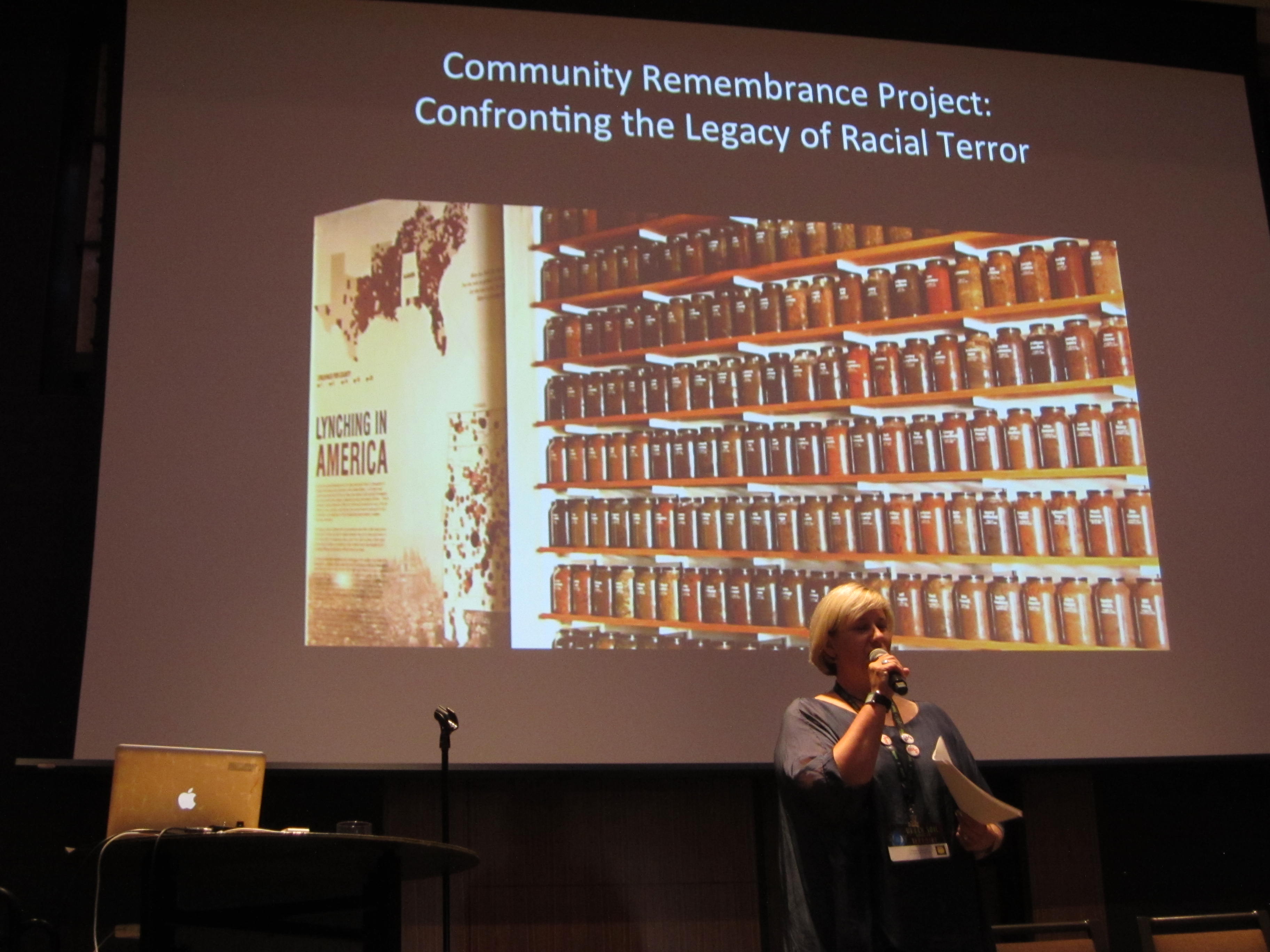
In light of this weekend’s events in Charlottesville, VA, Kiara Boone’s presentation on the Community Remembrance Project has more meaning than ever. We sat, eyes wide, as she explained how prevalent lynching was from the late-1800s to the 1950s. How there are few to no records of the people who were hunted down and murdered while authorities did nothing. The Community Remembrance Project both sheds light on the darkest part of our nation’s history and brings a sense of closure to those affected by that history. Kiara and her colleagues collect soil from lynching sites around the South. Each jar has the name of the victim and is filled with soil from the location of his or her lynching.
This is one of the most heartbreaking examples of terroir, but one we need to acknowledge. We can sit comfortably and say, “Oh, that was the past. It doesn’t happen anymore.” But we can see from recent news that there is still healing to be done. That hate continues. It is out in the light and our role is to acknowledge and remember what happened on this land. After all, we all garden in someone else’s soil.
The Feiring Line

Last but not least, you can’t have a conference on terroir and not have a wine expert. Alice Feiring of The Feiring Line shared her journey to natural wines. She told us how she was hired to write a book on wines but every bottle she opened tasted the same. She astounded us when she revealed that most wines we buy contain any of 72+ additives, and how natural wines without those additives vary so much in flavor they are overlooked (or criticized) by the benchmark rating system.
72+ additives, huh? Might that account for the fact that I sneeze after a third of a glass? Probably. Does it homogenize terroir? Absolutely. It covers up the uniqueness of the place where the grape was grown. Isn’t wine supposed to be a celebration of place? To learn more about natural wines and Alice Feiring’s work, go here.
So much more…
It’s hard to choose what to highlight from the Urban Soil Summit 2.0, but I have to get back to the garden. Check out the work of those I didn’t cover:
Louie Schwartzberg, the cinematographer for the upcoming film Fantastic Fungi.
Anne Bikle and David Montgomery of Dig2Grow and their books on soil and how our digestive microbiome mirrors our soil microbiome.
Finian Makepeace of Kiss the Ground spoke of the upcoming book and film of the same name.
John Wick of the Marin Carbon Project shared how to make carbon sequestration Seq-C to the business community.
Renata Brillinger of the California Climate and Agriculture Network (CalCAN) shared programs at work to restore soil carbon in agriculture.
Dr. Habib Sadeghi of the Love Button Global Movement convinced us love is all around us.
Dr. Gracelyn Smallwood from Australia (OMG, just read her bio)
Judith Schwartz, author of Water in Plain Sight and Cows Save the Planet
Michael Martinez of LA Compost is turning kitchen waste into gardener’s gold.
Keali’i Bright of the California Natural Resources Agency shared the Urban Greening Program
Go down these rabbit holes! It’s worth the read.

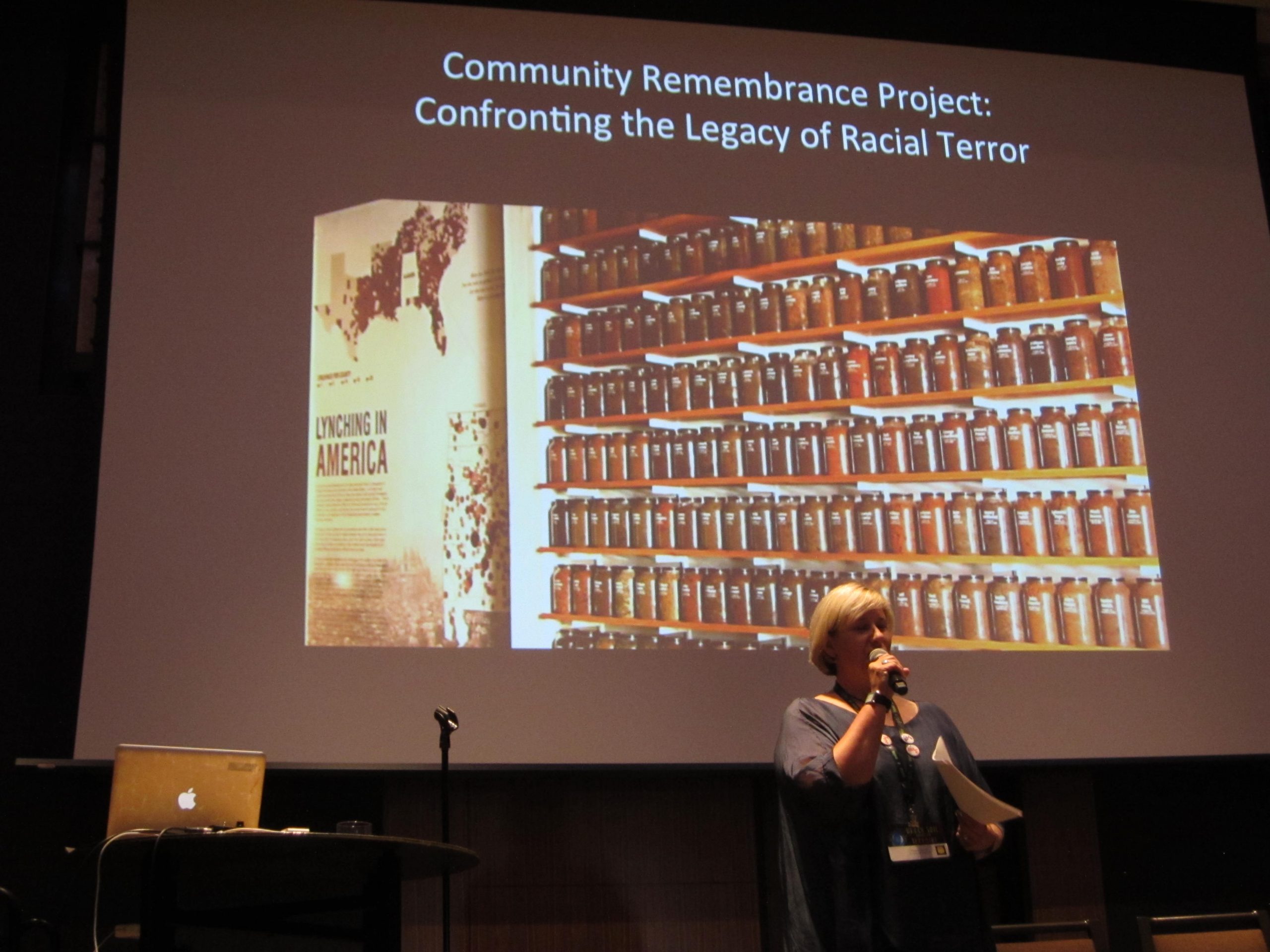
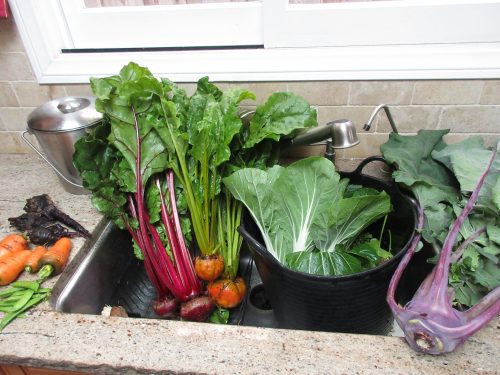
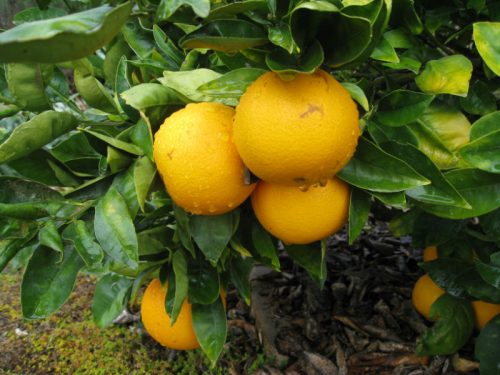
Pingback: Review: Snuggly Toes - Gardenerd
Thanks for sharing!